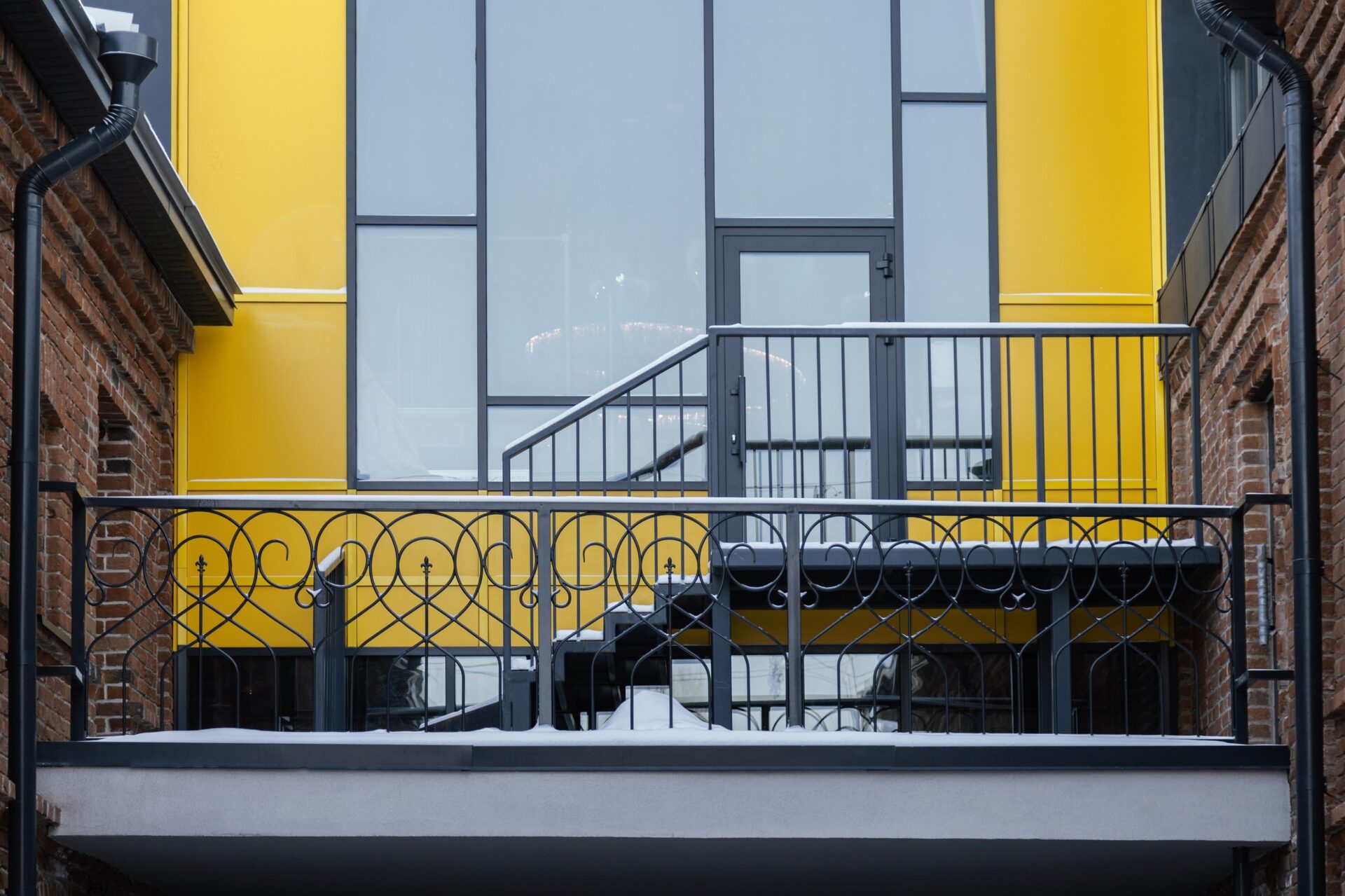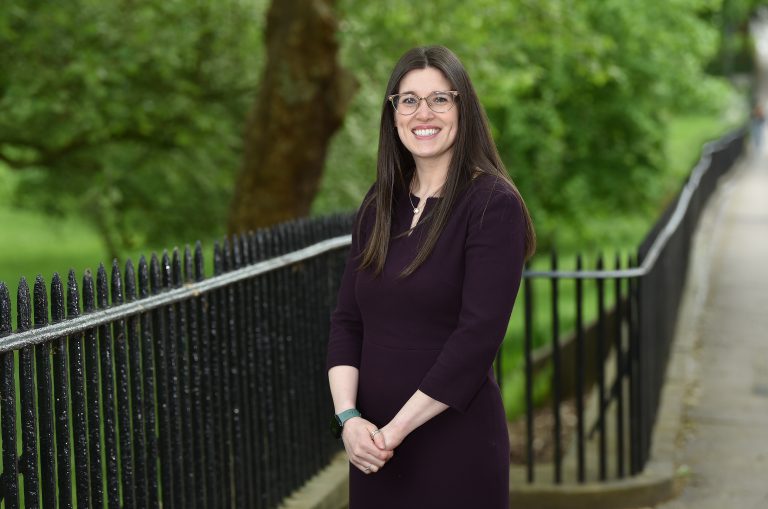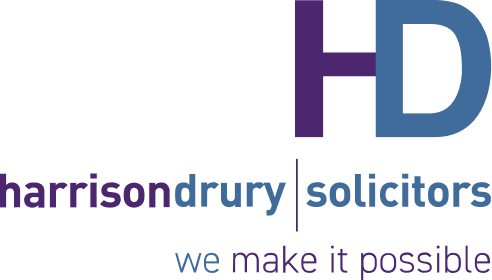
Damage to commercial buildings from adverse weather – who’s responsible for repairs?

As the winter weather arrives, Lucy Benton from our commercial property team offers a timely reminder about your lease obligations, whether you’re a landlord or a tenant.
Adverse weather can be a big problem for landlords and tenants, causing issues including structural damage from fallen trees or utility poles, flooding, frozen pipes, water ingress and power loss.
In these situations, you will need to act quickly to prevent further damage and business interruption. It therefore vital your lease is correctly drafted to ensure any such damage is covered by buildings insurance and also so that it’s clear who’s responsible for putting the buildings insurance on risk and carrying out the repair works.
What is a full repairing and insuring lease?
More often than not, a lease will be what is known as a ‘full repairing and insuring’ (FRI) lease. An FRI lease is a popular choice for landlords as it requires a tenant to take on complete responsibility for repairs, while also contributing towards buildings insurance payments.
On the other hand, if you are a tenant being offered an FRI lease, you can still seek to negotiate the lease terms to minimise your potential liability and maximise your rights. An example of this would be to ensure the rent is suspended in the event the landlord has not repaired damage caused by an insured risk.
With an FRI lease, more often than not, a landlord is obliged to insure the property against certain standard risks, including lightning, earthquake, tempest, storm and flood. In the event of such damage, a landlord will be obliged to make a claim and spend the insurance money putting the property back into a useable condition.
Depending on the severity of the damage caused, the landlord may wish to rebuild something slightly different; particularly if the property required modernising before the damage was caused. Tenants take note – it is particularly important that you seek legal advice in this situation because your lease may limit the extent to which the landlord can vary what was there before.
What if the property is damaged by a risk not covered by the landlord’s buildings insurance?
This situation can arise if it is too expensive to insure against a particular risk, or if the insurer imposes provisions that are too onerous. Most leases are silent on uninsured risks. In these cases, the tenant is responsible for the repair and must continue to pay the rent despite the property being potentially unusable.
On the flip side, the Code for Leasing Business Premises, made in collaboration between commercial property professionals and industry bodies, states that if a property is damaged by an uninsured risk so as to render it unusable, tenants should be allowed to terminate their leases, unless the landlord agrees to repair the damage at its own cost.
Consequently, it is becoming more common for leases to include express ‘uninsured risk’ provisions in order to reduce the tenant’s repairing liability in the event of damage caused by an uninsured risk.
Note that a landlord will insure the building, but not the tenant’s fixtures, and so any damage caused to the tenant’s fixtures will be the responsibility of the tenant.
Your lease terms all come down to what you have agreed with your landlord/tenant. With this in mind, we would strongly advise that you seek legal advice before signing up to a lease.
Whether you are a landlord or tenant, our specialist commercial property solicitors can advise you on the terms of your FRI lease to ensure you are achieving the best possible outcome for your business.
If you would like to speak with one of our lawyers, then please get in touch with our commercial property team on 01772 258321.
